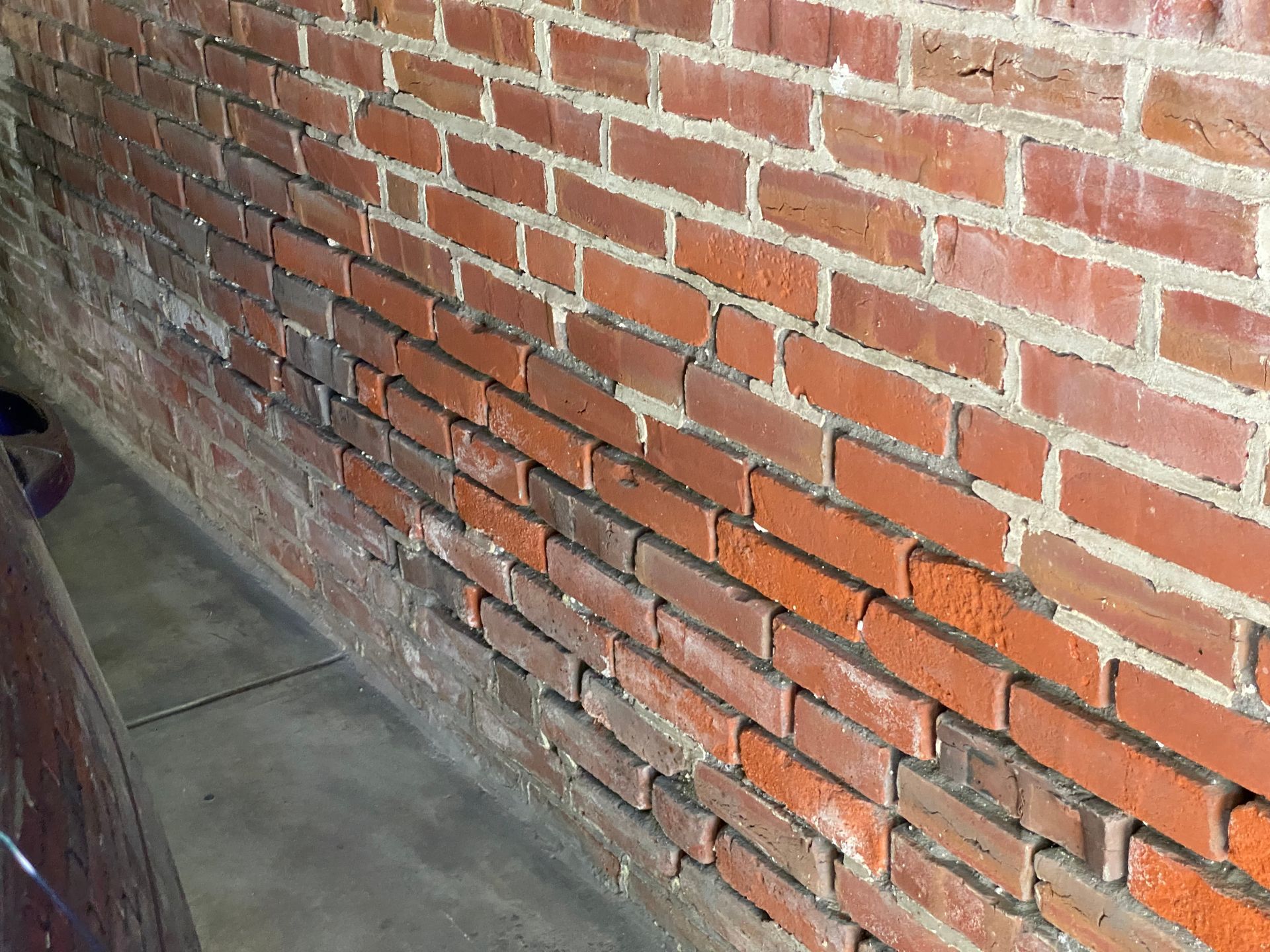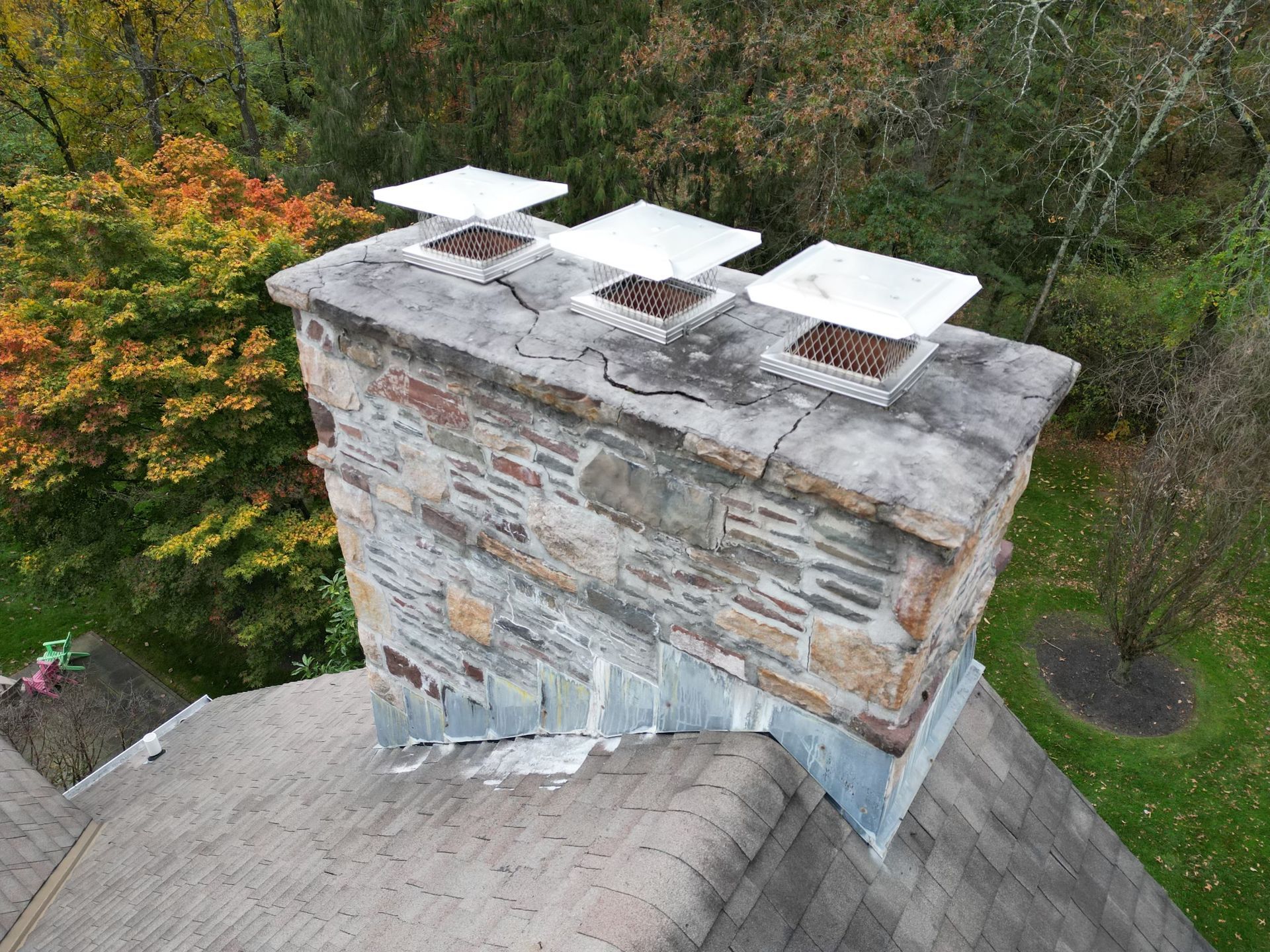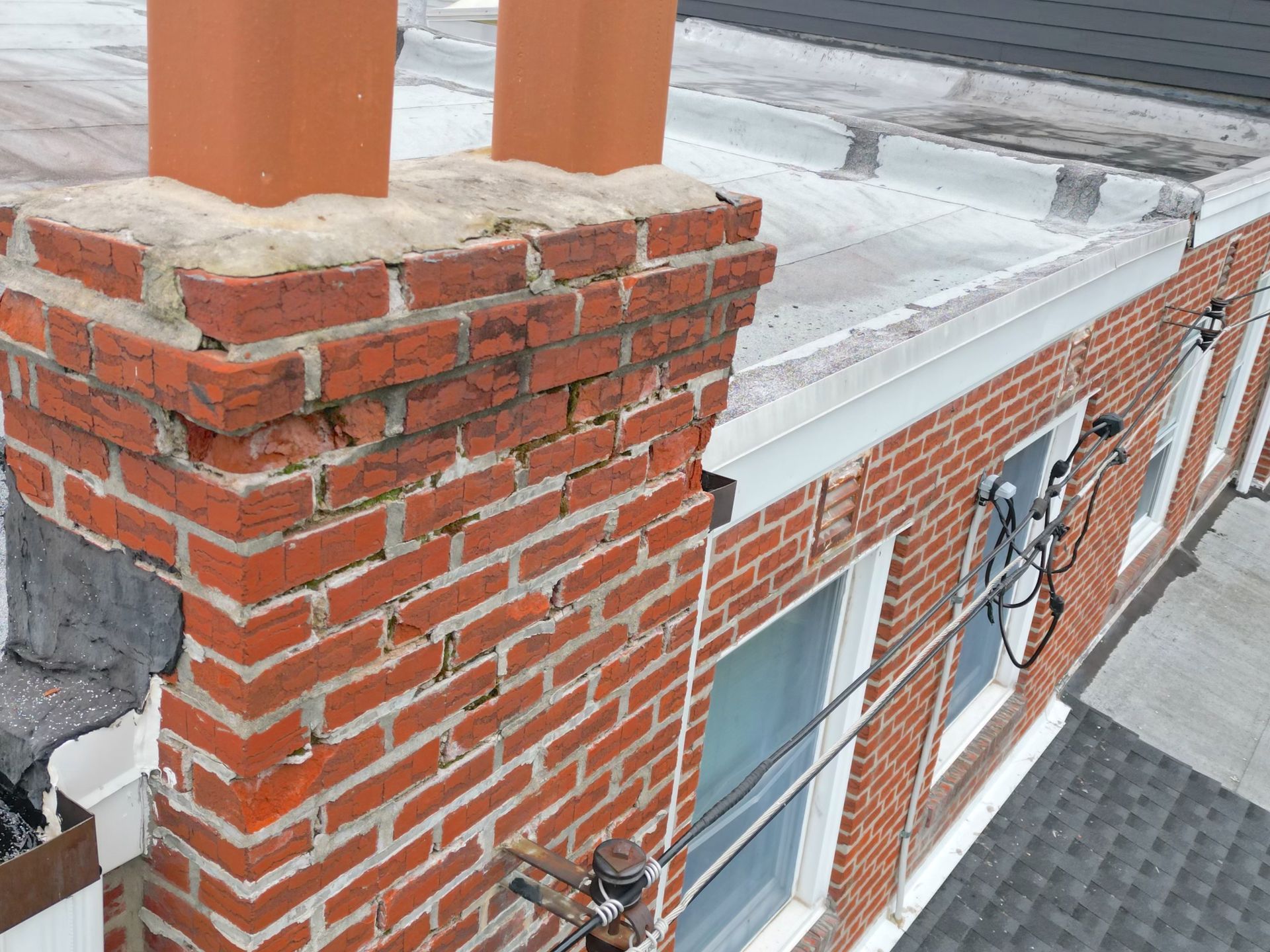Prioritizing Masonry Cracks: The Importance of Taking Action Now
The Small Cracks and Why They're Important:
Colder months are approaching, and it's time to repair damaged masonry BEFORE major freeze thaw cycles begin.
Your home's exterior is not something to be overlooked. In the world of masonry, an ounce of prevention is worth a pound of cure. Freeze-thaw weathering occurs when moisture trapped within masonry freezes and subsequently contracts. During freezing, the water expands, exerting pressure that leads to the mortar cracking or fragmentation of the outer brick or stone, a process known as "spall." With each repetition of this cycle, masonry has the potential to experience more severe cracking and spalling, contributing to its overall weathering.
Through proactive assessment and consistent maintenance, you can preserve the beauty of your brick and stone while also averting the need for more extensive repairs in the future. In Pennsylvania, masonry structures are bound to experience deterioration over time, given our temperate climate. However, having a grasp of the various stages of damage and recognizing the right time for routine maintenance can help you proactively prevent major repairs, ultimately saving you time and money in the long term.
The Stages of Masonry Damage:
Stage 1: Minor Surface Damage
At this initial stage, minor issues like hairline cracks, efflorescence, or minimal erosion may appear. While these problems may not compromise the structural integrity of your masonry, they can detract from its aesthetic appeal. Early intervention with cleaning, repointing the damaged mortar joints, and sealing will prevent further deterioration and large scale repairs.
Stage 2: Moderate Deterioration
In this stage, cracks become more noticeable. Mortar joints start to show signs of erosion. The masonry's structural integrity may begin to weaken, but it's still possible to address these issues with appropriate repairs and fully repointing deteriorated sections of masonry.
Stage 3: Severe Structural Damage
At this critical stage, the structural integrity of the masonry is compromised, posing risks to safety and requiring extensive repair or even reconstruction. Large cracks, crumbling bricks or stones, and substantial mortar joint erosion are common symptoms. Avoiding such severe damage is crucial for both safety and cost considerations.
Avoiding Large Scale Repairs Through Proactive Maintenance
The best approach when it comes to large scale masonry repair is to avoid them all together. Regular inspections and cleaning can help identify issues early on, allowing for quick, cost-effective repairs and maintenance. Repointing damaged mortar joints and applying sealants can significantly extend the life of your masonry . This comparatively low-cost maintenance can prevent the need for extensive reconstruction in the future. Routine cleaning not only keeps your masonry looking its best but also removes potentially corrosive substances like atmospheric pollution, mildew, and other biological growth that can lead to structural damage. Properly applied water repellants can protect your masonry from moisture infiltration, a common cause of deterioration.
Masonry maintenance is an investment in the long-term well being, beauty, and value of your property. By adhering to preventive measures, from early issue detection to effective cleaning, repointing, and weatherproofing, you not only safeguard your masonry but also your wallet. The substantial cost savings achieved through routine maintenance are complemented by the assurance of structural integrity, increased curb appeal, and reduced safety risks. So, it's not just about bricks and stones; it's about securing a safe, beautiful, and enduring future for your property.











